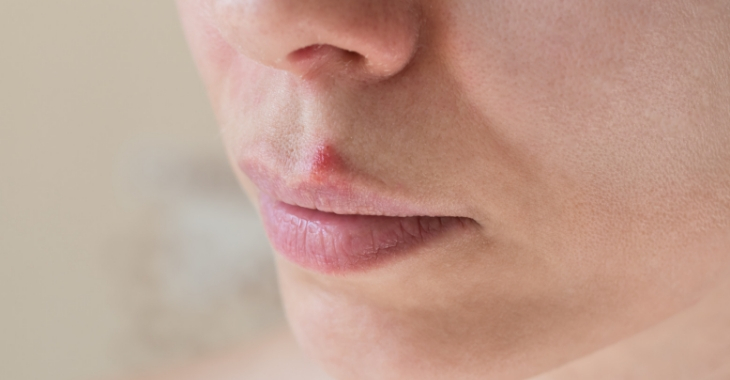Treating Adult Acne
Acne, the inflammation of skin on the face, back and other areas of the body, is typically considered a teenager’s malady. When acne persists well into adulthood, it can affect the confidence level and emotional health of the sufferer. It’s also not uncommon for acne to be painful, and to leave behind permanent scarring.
As one of the most prevalent dermatological conditions in the United States, acne affects far more than just pubescent patients. Adults can and often do deal with these eruptions, which can be difficult to manage through over the counter treatments or low-strength topical creams. When adult acne is particularly stubborn or problematic, seeking the assistance of a dermatologist is often the safest and most effective management option.
What Causes Adult Acne?
There are a variety of factors which can contribute to acne in both teenagers and adults. Overactive oil glands, inflammation and pore blockage are common culprits, but the condition can also be hereditary. Contrary to popular belief, acne is not caused by or exacerbated by eating chocolate or greasy foods.
Because there are a number of factors which can contribute to adult acne, successful acne treatment often depends upon uncovering the underlying causes unique to each individual situation. Prescription medication, laser treatments and other methods may be employed to help combat acne in adults and teenagers alike. Prescription-strength topical creams, chemical peels and blue-light photodynamic therapy are all possible courses of treatment which may be suggested by your dermatologist to put an end to your adult acne.
If your acne is painful, leaves scars or is affecting your confidence level, seek out the assistance of a licensed and experienced clinical dermatologist who can provide treatment which may alleviate this all too common skin condition.
Posted on behalf of Dr. John Kayal, Northwest Georgia Dermatology
The information provided on this website, including text, graphics, images, and other materials, is intended solely for informational purposes and should not be used as a substitute for professional medical advice, diagnosis, or treatment.

)